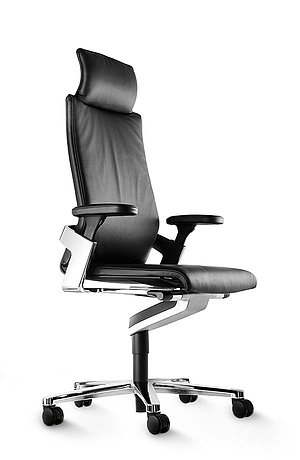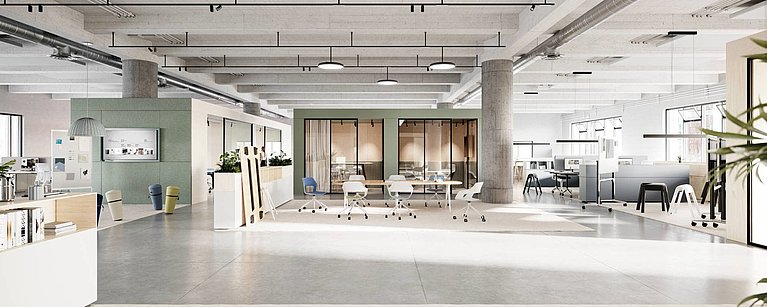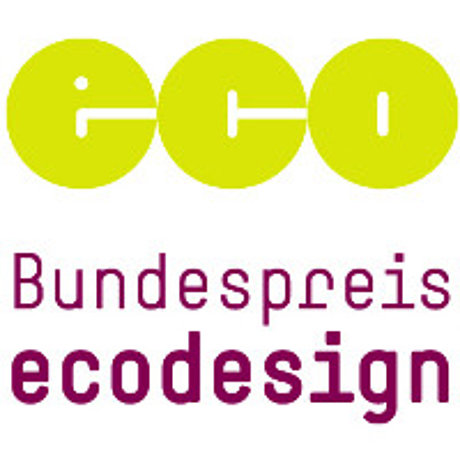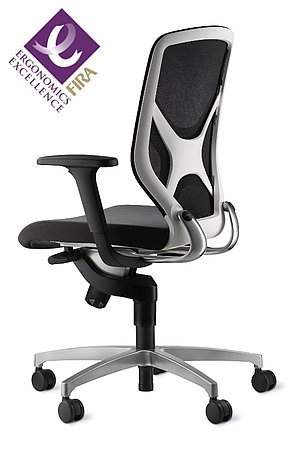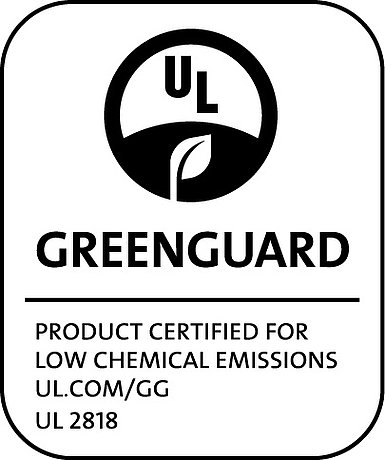Ecological Design Principles
“A poor and superfluous product will remain poor and superfluous, even if it’s produced in an ecologically friendly manner”. (Dr. Jochen Hahne, Wilkhahn president). At Wilkhahn, we follow our ecological design guidelines and reflect the product’s life cycle as soon as development starts. Each product is designed to maximize its life cycle and usability but minimize the energy and material required to make it. Three decades ago, a comprehensive, ecological design concept illustrated our desire to design furniture responsibly. Today, the design management and product development teams follow the criteria for the Federal Ecodesign Award. This accolade was initiated by the Federal Environment Agency and the International Design Centre Berlin with the Eco Institute in Freiburg.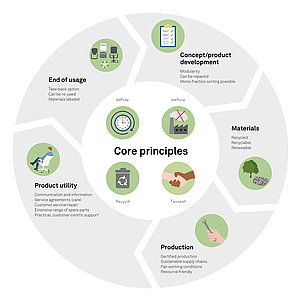
Three important factors
The world’s population is growing and people justifiably want a share in the wealth created. Therefore, strategies that are only concerned with the ecological quality of products are heading up a blind alley. Since the first half of the 20th century, less is more has been a design goal. The famous Ulm University of Design’s founding manifesto back in the early 1950s already indicated the direction of travel. Its aim was: “... to develop durable products, increase their utility value and reduce waste”. Three factors govern how long a product will last. Firstly, perfect functionality that’s still up to date many years later. Secondly, high-quality, user-centric design, materials and surfaces that stay impressive for as long as possible. And thirdly, a design language that transcends short-lived fads and appeals to both people’s hearts and minds.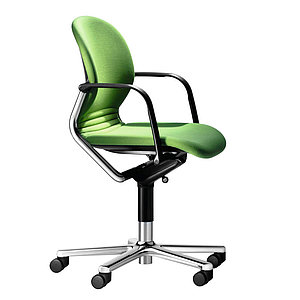
Pioneering innovations
The key question is how furniture can make a lasting improvement to the environments people live and work in. Therefore, a new product development is not about a new chair per se, but better sitting, not about a new table, but nurturing communication, not about a new sofa, but relaxation. Or thinking about people’s needs. Or informal communication. Which is why innovations at Wilkhahn are the result of a careful development process, which starts by thinking outside the box and truly making things better.Durable quality
The quality Wilkhahn is famous for has made the brand internationally successful. Precise dimensions, form-fit parts and surface quality convey perfection and the high-quality nature of the product. What’s the point of being able to recycle virtually all the product if it’s less attractive, heavier and works less well as a result? Therefore, a careful balance is struck between availability, performance, material costs and recycling requirements for instance. In addition to material quality, we strive to follow smart design principles that include the ability to repair and upgrade products.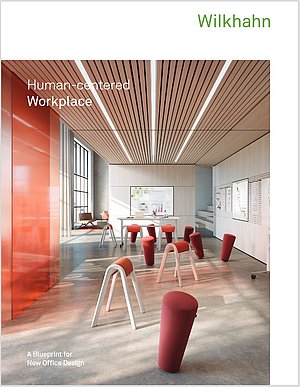
Timeless, attractive design
Wilkhahn’s design language typically gets to the heart of the matter, conveys the product’s natural aspects and ease of use. The integrative design concept lends products a transparent, attractive and consistent look. The products harmonize with all sorts of backdrops without dominating them. In other words, a Wilkhahn product can accompany its owner a life long because it doesn’t become boring, lose functionality or its aesthetic appeal.